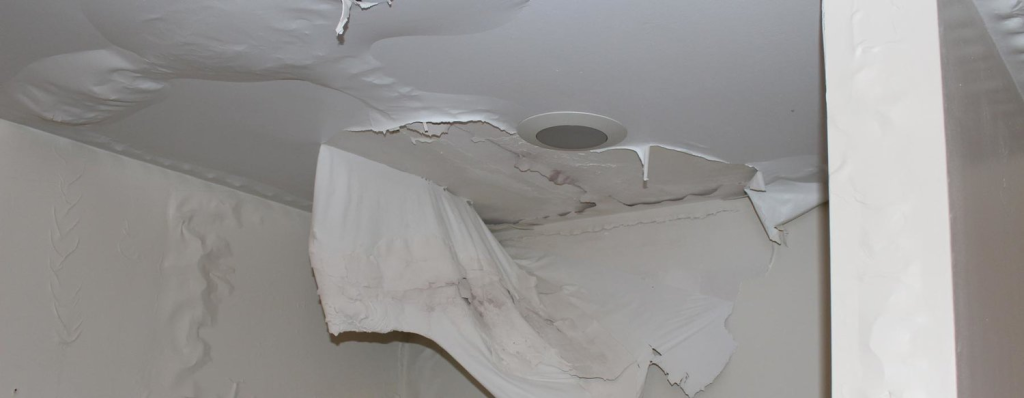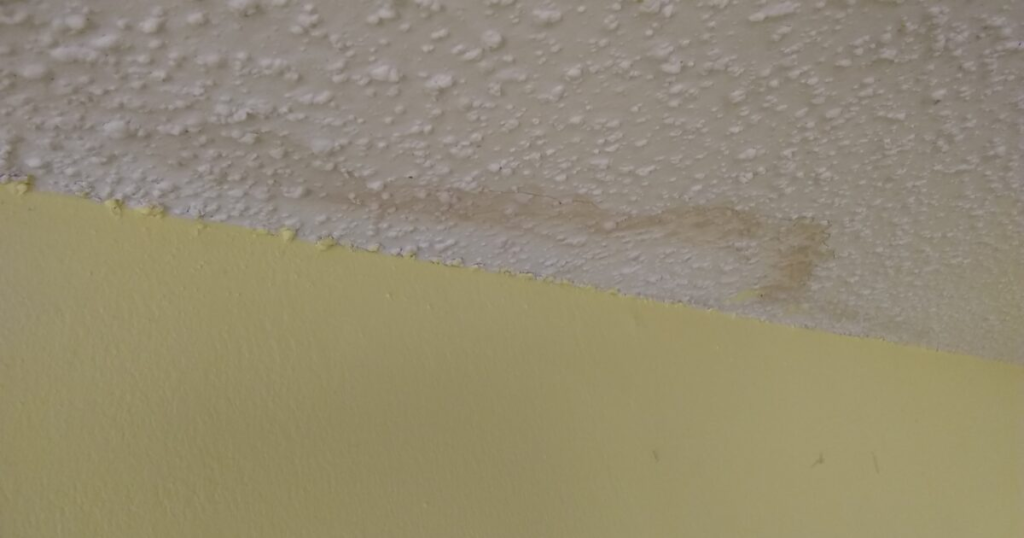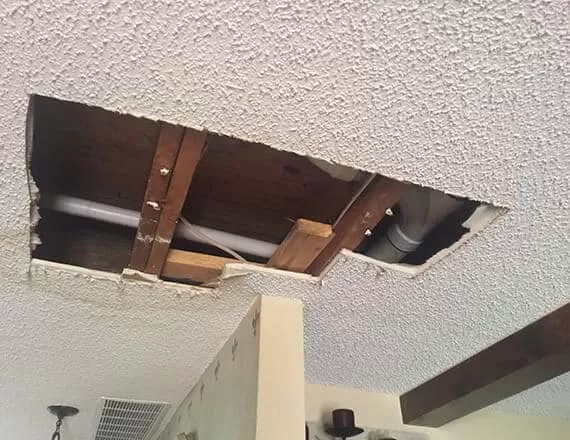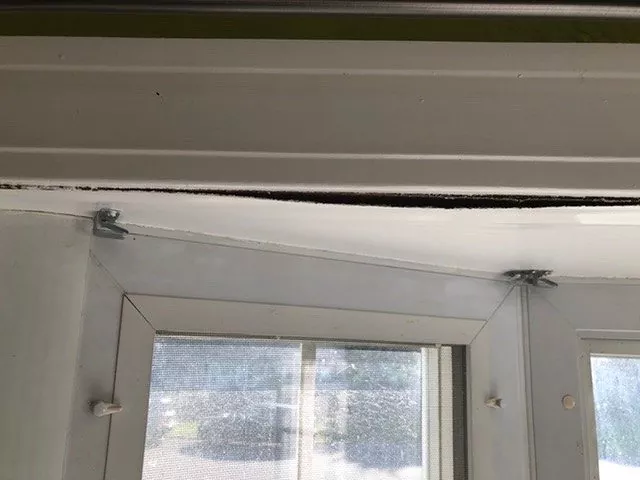Popcorn ceilings, also known as acoustic ceilings, were once a popular choice for home interiors due to their texture and sound-dampening qualities. However, as design trends have evolved, many homeowners are seeking a more modern, sleek look for their ceilings. If you’re in Jacksonville and looking to upgrade your home’s aesthetic, Popcorn Ceiling Removal Jacksonville is a crucial step in transforming your space. This comprehensive guide will provide you with essential information on the benefits, process, and costs of popcorn ceiling removal in Jacksonville, ensuring you make an informed decision for your home renovation project.

Why Remove Popcorn Ceilings?
Popcorn ceilings were a popular choice in the mid-20th century due to their ability to conceal imperfections and provide acoustic benefits. However, over time, many homeowners have come to prefer the cleaner, more contemporary look of smooth ceilings. Here’s why you might consider removing your popcorn ceiling:
1. Outdated Aesthetic
Popcorn ceilings can make a space feel dated. Modern design trends favor smooth, sleek finishes that reflect light better and create a more open, airy atmosphere. Removing popcorn ceilings can instantly update the look of your home, making it feel more contemporary and appealing.
Read too: Discovering the Charm of Nautical Outdoor Ceiling Fans for Your Coastal Retreat: Sail into Style
2. Easier to Maintain
Popcorn ceilings are notorious for collecting dust, cobwebs, and stains, making them challenging to clean. A smooth ceiling is much easier to maintain and keep looking fresh. It also allows for more straightforward painting and repairs if needed.
3. Increased Home Value
Homes with updated interiors tend to have higher market value. Removing a popcorn ceiling can be a worthwhile investment, enhancing the overall appeal of your home and potentially increasing its resale value.
4. Potential Asbestos Concerns
Many popcorn ceilings installed before the 1980s contain asbestos, a hazardous material that can pose serious health risks if disturbed. If your home has an older popcorn ceiling, it’s essential to have it tested for asbestos before proceeding with removal. Professional removal services can safely handle asbestos-containing materials, ensuring your home remains safe.
The Process of Popcorn Ceiling Removal in Jacksonville
Removing a popcorn ceiling involves several steps and can be a labor-intensive process. Here’s a detailed look at what to expect during the popcorn ceiling removal process in Jacksonville:
1. Preparation
Before starting the removal process, thorough preparation is crucial. This involves:
- Clearing the Room: Remove all furniture, decorations, and any items that might be in the way. Cover remaining items with plastic sheeting to protect them from dust and debris.
- Protecting the Floor: Lay down drop cloths or plastic sheeting to catch any falling debris and protect your flooring.
- Covering Electrical Fixtures: Turn off power to ceiling fixtures and cover them with plastic to prevent damage from water or dust.
2. Testing for Asbestos
If your home was built before the 1980s, it’s essential to have your popcorn ceiling tested for asbestos. Professional removal services in Jacksonville can conduct this testing and provide guidance on the next steps. If asbestos is detected, it’s crucial to use a licensed asbestos removal specialist to handle the removal safely.
3. Removing the Popcorn Texture
The removal process typically involves:
- Wet Scraping: The most common method for removing popcorn ceilings is wet scraping. This involves spraying the ceiling with water to loosen the texture and then scraping it off with a drywall knife or scraper. The water helps to minimize dust and makes the texture easier to remove.
- Dry Scraping: In some cases, dry scraping may be used, but it’s less common due to the potential for increased dust and debris.
4. Cleaning and Repairing
Once the popcorn texture is removed, the ceiling will likely require cleaning and repair:
- Sanding: The ceiling surface may need to be sanded to remove any remaining texture and create a smooth finish.
- Patching: Any imperfections, holes, or damage in the drywall should be patched and repaired. This may involve applying joint compound, sanding, and priming.
5. Finishing
After the ceiling is clean and smooth, you can proceed with finishing touches:
- Priming: Apply a primer to prepare the surface for painting.
- Painting: Once the primer is dry, paint the ceiling with your chosen color. A fresh coat of paint will give your ceiling a clean, modern look.
Choosing a Professional for Popcorn Ceiling Removal in Jacksonville
While DIY removal is an option, hiring a professional for popcorn ceiling removal in Jacksonville can ensure a more efficient, thorough, and safe process. Here’s what to look for when choosing a professional:
1. Experience and Expertise
Choose a contractor with experience in popcorn ceiling removal. They should be familiar with the latest techniques and have a track record of successful projects. Look for reviews or ask for references to gauge their reliability and skill.
2. Licensing and Insurance
Ensure that the contractor is licensed and insured. This protects you from potential liabilities and ensures that the work will be done according to local building codes and regulations.
3. Asbestos Handling
If your ceiling contains asbestos, make sure the contractor is certified to handle and remove asbestos. Proper handling and disposal of asbestos are crucial for safety.
4. Cost and Estimates
Obtain detailed estimates from several contractors before making a decision. The cost of popcorn ceiling removal can vary based on factors such as the size of the area, the complexity of the job, and any additional repairs needed. A detailed estimate will help you understand the scope of work and avoid unexpected costs.
Cost of Popcorn Ceiling Removal in Jacksonville
The cost of removing popcorn ceilings in Jacksonville can vary depending on several factors, including:
- Size of the Area: Larger areas will generally cost more to remove than smaller ones.
- Condition of the Ceiling: Ceilings in poor condition may require additional preparation and repair work, increasing the overall cost.
- Asbestos Testing and Removal: If asbestos is present, additional costs for testing and safe removal will apply.
- Contractor Rates: Different contractors may have varying rates based on their experience, expertise, and location.
On average, homeowners in Jacksonville can expect to pay between $1 to $3 per square foot for popcorn ceiling removal. For a typical 10×10 room, the total cost could range from $300 to $900, depending on the factors mentioned above.
Final Thoughts
Removing a popcorn ceiling can significantly enhance the look and feel of your home, making it more modern and appealing. Whether you choose to tackle the project yourself or hire a professional, understanding the process and costs involved will help you make the best decision for your home renovation. Popcorn Ceiling Removal Jacksonville offers a chance to upgrade your space, improve maintenance, and potentially increase your home’s value. By following the steps outlined in this guide and choosing a qualified professional, you can achieve a smooth, stylish ceiling that complements your home’s updated aesthetic.


















